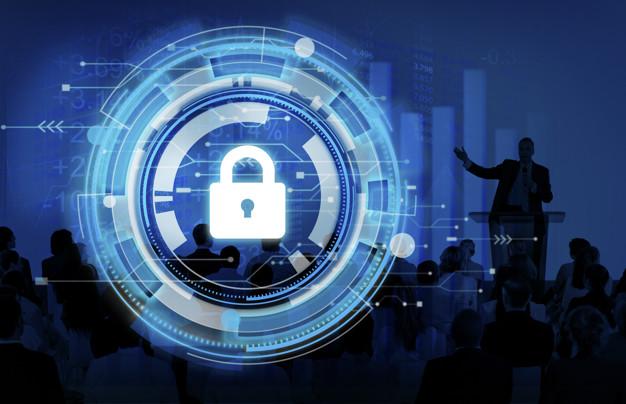When it comes to making cybersecurity measures explicit, the written norms are needed. These written norms are known as cybersecurity standards. These standards include methods, guidelines, frameworks, and so on. It also comes with the efficiency of security, facilitates integration and interoperability, minimizes complexity, and delivers the structure for new developments.
A security standard can be defined as a published specification that establishes a common language. It also includes a technical specification or other precise criteria. It is designed to use consistently, as a rule, a guideline, or a definition. The primary aim of the Best security standards is to enhance the security of information Technology systems, networks, and critical infrastructures. All these standards enable consistency among product developers as well as serve as a reliable standard for purchasing security products.
In general, these standards are provided for all organizations – no matter what is the size of the organization and type of industry or sector in which they operate. This section involves information about each standard that is recognized as an important component of any cybersecurity strategy.
ISO: ISO is an abbreviation of the International Organization for Standardization. These international standards are designed to deliver a world-class specification for products, services, and computers to ensure quality, safety, and efficiency. ISO standard was established in the year 1947. It is an independent, non-governmental international organization. Nowadays, it includes membership of 162 national standards bodies as well as 784 technical committees and subcommittees to take care of standards development. It has published around 22336 International Standards. Its related document covers almost every industry from IT, food safety, agriculture, healthcare, and so on.
IT Act: The Information Technology or IT Act is also known as ITA-2000. The main aim of this act is to offer the legal infrastructure in India which deals with cybercrime as well as e-commerce. This act is based on the United Nations Model Law on E-commerce 1996 recommended by the General Assembly of the United Nations. It is used to check the misuse of cyber networks and computers throughout India. This act was passed in the year 2000 and amended in the year 2008. In addition to this, it has been designed to provide a boost to Electronic commerce, online transactions, and other related activities with commerce and trade.
Copyright Act: This act was amended by the Copyright Amendment Act 2012 and governs the subject of copyright law in India. It was applicable from the year 1958. Copyright is a legal term that can be described as the ownership of control of the rights to the authors of “original works of authorship”. This is a distribution of specific works of creative expression that include books, video, movies, music, and computer programs.
Patent Law: It is a law that deals with new inventions. This law can protect tangible scientific inventions, including circuit boards, car engines, heating coils, or zippers. As time increases, this law is used to protect various inventions, including business practices, coding algorithms, or modified organisms.
IPR: Intellectual property rights are designed for creators and owners of patents, trademarks, or copyright works to benefits from their ideas, plans, and other intangible assets or investment. It is created for the right to benefit from the security of moral as well as material interests that result from authorship of scientific, literary or artistic productions.













No Comments